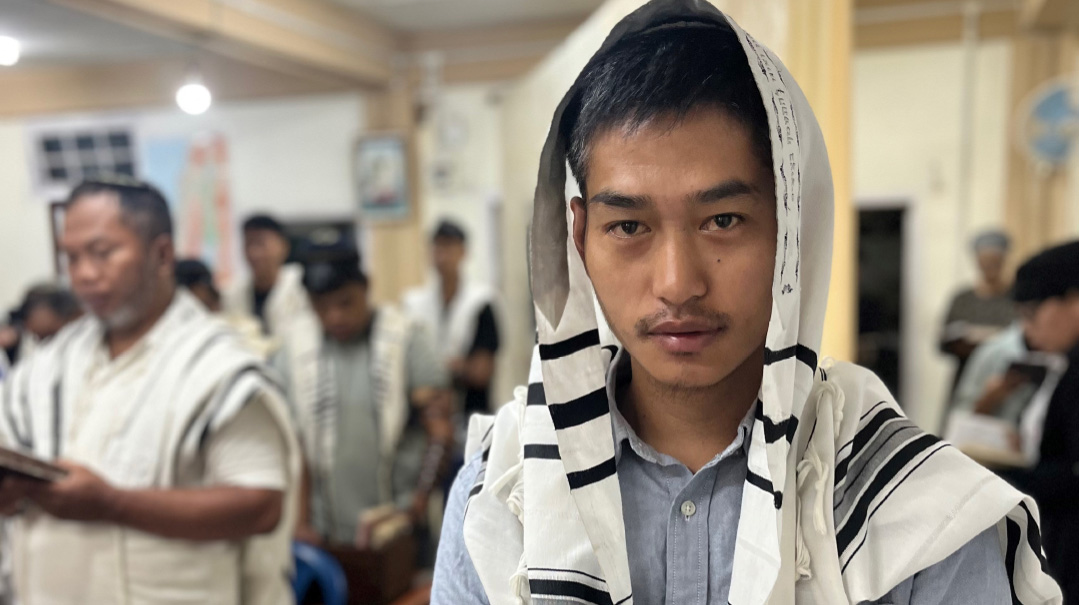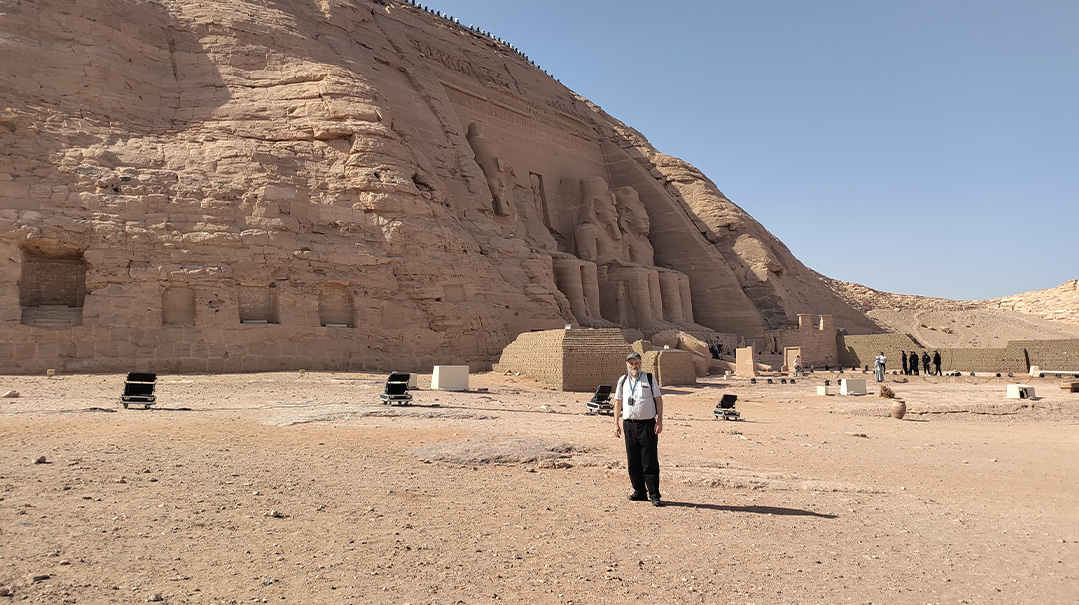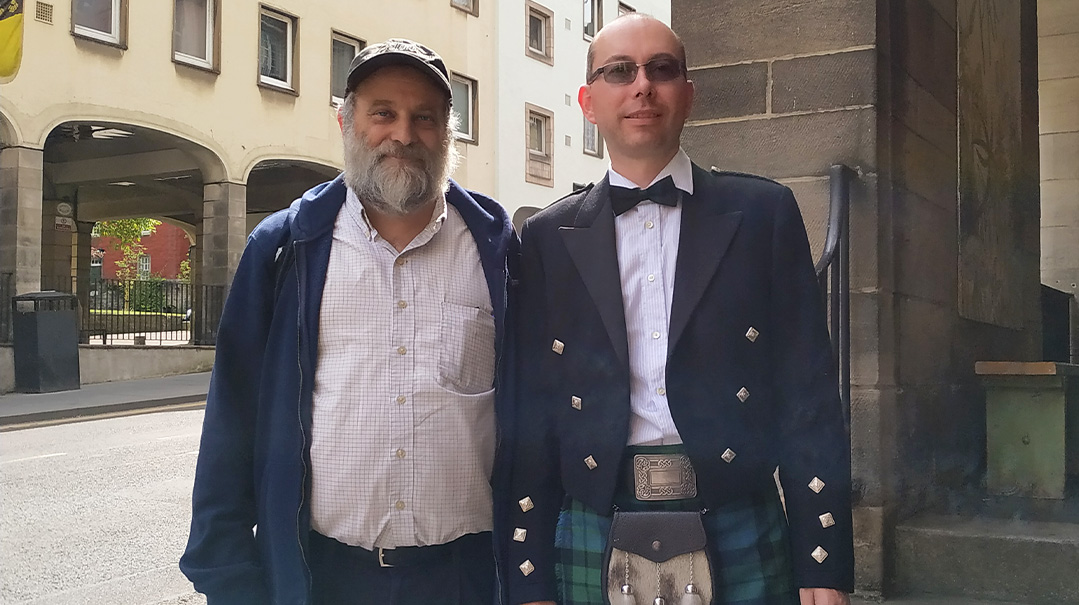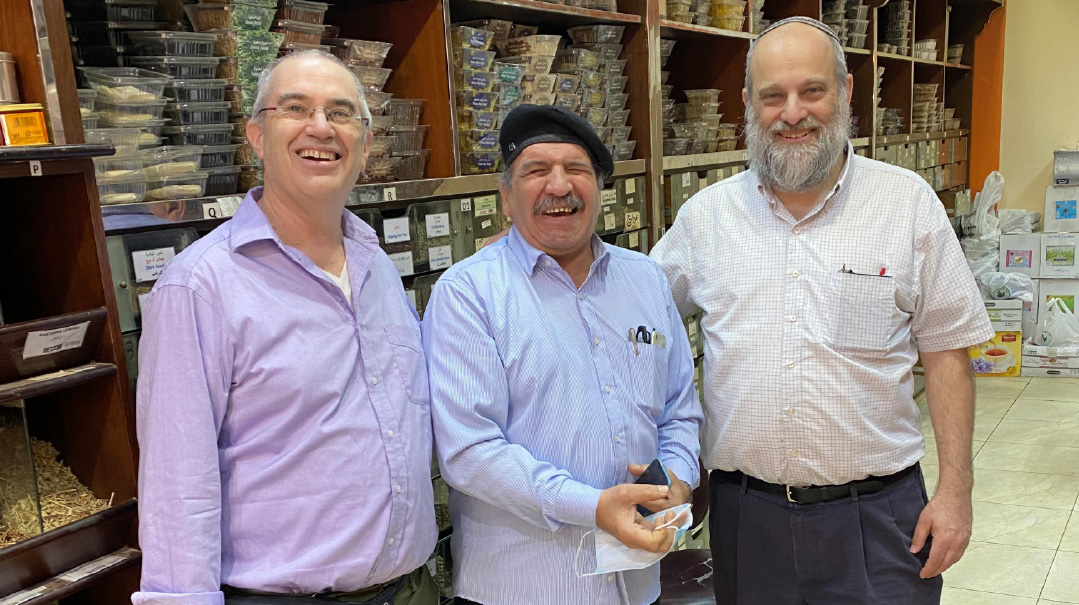Bent Reeds
| January 30, 2024Ari and Ari visit the spot where Moshe was hidden in the reeds

Egyptian legends speak of Pharaoh’s capital as just a few miles from modern Cairo, and one of the city’s ancient shuls is said to be built on the spot where baby Moshe was hidden in the brush of the Nile. While the river today is a good hundred yards from the city’s old synagogues and most of the Jews have gone as well, we wanted to trace the current of one of the oldest Jewish communities in the world
Cairo is a massive, bustling, sprawling, dirty, polluted, overcrowded, and noisy metropolis with over 21 million people, making it the largest urban agglomeration in Africa, the Arab world, and the Middle East — its ever-widening reach having swallowed up many of the surrounding areas.
It’s also a community that, over the centuries, had the Rambam, the Radbaz, and Rav Ovadiah Yosef as its rabbis, and is probably the oldest Jewish community outside of Eretz Yisrael. Jews have been living in Egypt almost continuously since the days of the Avos, and Cairo and its old city of Fustat have had a Jewish presence for over 1,300 years, but in our days, an active Jewish presence seems to be coming to an end. Remnants of a once grand community abound, yet today, Jews are hard to find. While Egypt is currently off the Jewish tourist route for security concerns, the rich Jewish history in Cairo had been an attraction for Jewish and Israeli tourists.
Cairo’s long-standing Jewish population began to grow from about 3,000 people in the early 1800s, to over 40,000 in the years following Egypt’s independence from Britain in 1922. Yet while the Jews flourished in business and built spectacular modern synagogues, with the founding of the State of Israel and an ensuing surge in anti-Semitism in Egypt, a massive modern exodus ensued. During the 1967 Six Day War, many of the remaining Jews were arrested, and the overwhelming majority of Cairo’s Jewish community eventually moved to Israel, France, or Italy. Today, there are but a handful of older, mostly female, Jews remaining in Cairo.
Cairo has been the capital of Egypt for centuries. However, the stifling congestion and overcrowding has reached the point that in 2015 the Egyptian government announced that it was building a new capital city about 30 miles east of Cairo. Construction began and some government offices have already relocated to the as yet unnamed New Administrative Capital (NAC) that is costing tens of billions of dollars.
As guest speakers on one of Miriam Schreiber’s Legacy Kosher Tours trips to the land of the pharaohs, we got a sense of the overcrowding and disorder of modern Cairo just looking out our hotel window: the main traffic arteries crammed with vehicles as cars and buses weaved across the wide boulevards that had no markings to indicate lanes, nighttime drivers speeding along without any headlights. It was into this urban sprawl that we headed out to explore the remnants of a once-glorious Jewish community.
Oops! We could not locate your form.







